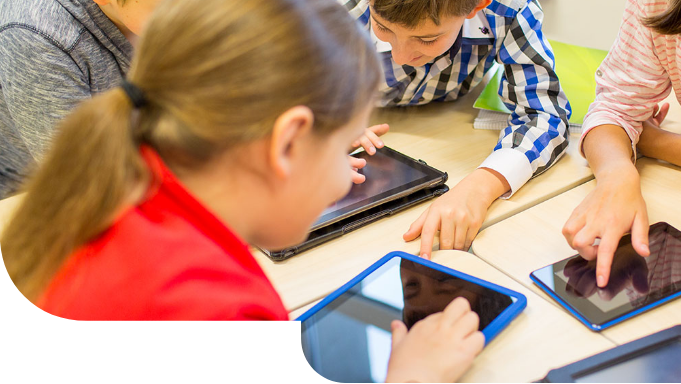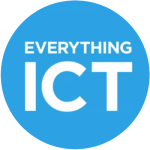New ways of communicating, of finding information, of working together and of playing are emerging constantly, drawing up new paradigms for how children and young people learn, think, share and express themselves.
For education professionals, the challenge is keeping up.
But whatever the new technology is that offers to improve children’s education, be it the latest tablets, a coding programme or interactive software which tracks progress in a subject as children learn, none of it works in isolation. The true power of technology is realised when it all links up together in a network. Enter WiFi.
Educating The Digital Natives
First of all, let’s think about the role technology can play in education. Today’s youngsters grow up in a digital world. An education which does not reflect that immersion in digital technology neither reflects the world they know nor prepares them for life as adults.
Google chief Eric Schmidt famously criticised UK education for letting its ICT curriculum fall badly behind the times. But as well as having a curriculum for learning about technology, technology is itself a powerful tool for learning. Schools are indeed now required to teach a robust new computing curriculum about digital technology, such as safe and responsible use of the internet and social media, and basic coding skills. But more and more learning is taking place through technology, in opportunities to make every lesson more engaging, more relevant and more student-led.
Increasing Access To Technology
While the technology-as-a-subject model can still be fulfilled with the old model of having stand-alone lessons in a dedicated ICT suite, using technology as a tool for learning cannot. Using interactive presentations on a whiteboard for a whole class to watch has been a possibility for the past decade. Having every child engage themselves on their own laptop or tablet is a new possibility.
For this to work, every student needs their own device, and every device needs to be connected to a network. Cable connections are clearly not practical for 30 laptops in a classroom, and not possible for iPads and tablets. WiFi is what makes it possible for every child in a lesson to learn through technology.
Schools at the cutting edge of exploring these possibilities are using Virtual Learning Environments (VLEs) to plan and deliver lessons, and then collect and mark work. They are either budgeting to provide enough devices for every child, or running BYO schemes. Clearly every child needs to be on the network so the teacher can control the lesson, and WiFi is the cheapest and most user-friendly option.
Learning Anytime, Anywhere
Aside from the logistical advantages in the classroom of avoiding wired connections to a network, WiFi offers one more big advantage to the modern student – flexibility. Say a student needs an extra ten minutes to finish a piece of work while the rest of the class moves on. With WiFi, they can take their device somewhere quiet and carry on.
Or the potential for interactive, user-led learning on the move – recording ideas by going around the classroom or school recording replies to questions, taking video clips of work in progress in practical lessons to compile and annotate later, even getting outdoors for PE or science lessons to photograph examples and upload straight into a working document.
WiFi allows for complete mobility in using technology, so learning can take place anytime, anywhere within a school. It is breaking patterns of classroom-based learning in ways which increase engagement and motivation.
Find out how WiFi is increasing opportunities for students to collaborate effectively in their learning.
At Simpli-Fi we provide schools with state of the art wireless networks, making sure they are fast, secure and kept up to date. We then manage the technical side with remote monitoring and support all for an affordable annual cost. We are currently supporting over 250 schools within London and the surrounding areas giving teachers and students all the benefits of wireless networking without headaches.












